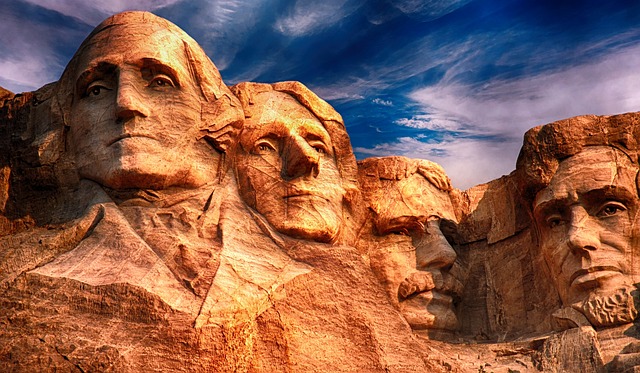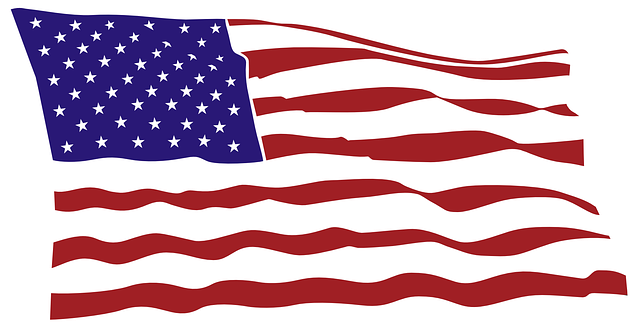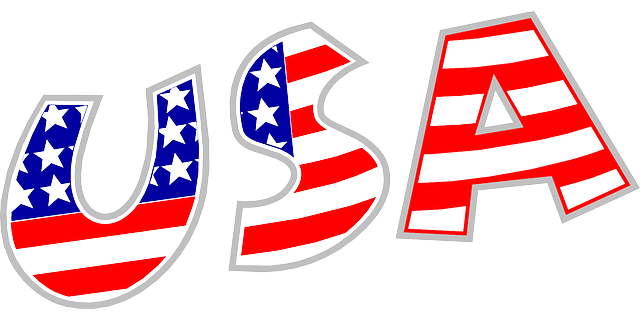The American Eagle and flag are globally recognized symbols of freedom, courage, and democratic ideals, deeply ingrained in U.S. history and culture. Their iconic imagery, first featured on the Great Seal in 1782, has evolved yet retained its power, representing vigilance, leadership, sovereignty, and national unity. These symbols captivate audiences worldwide through art, literature, film, and popular culture, reflecting themes of resilience and pride. Their ubiquitous presence in modern visual culture underscores their enduring legacy across generations, solidifying their status as iconic emblems on the global stage.
The American Eagle and flag stand as iconic symbols of power, unity, and national identity. This article delves into the cultural, historical, and artistic significance of these powerful emblems. From their roots in early American history to their modern interpretations across art, literature, and film, we explore how the eagle and flag represent strength and freedom. We also analyze global perceptions and why these symbols continue to evoke strong emotions worldwide.
- The Iconic American Eagle: A Cultural and Historical Symbol
- The Red, White, and Blue: Unraveling the Significance of the U.S. Flag
- Eagles and Flags in American Art, Literature, and Film
- Modern Interpretations: How the Eagle and Flag Represent Power Today
- Global Perception: Why the Eagle and Flag Stir Strong Emotions Abroad
The Iconic American Eagle: A Cultural and Historical Symbol

The American Eagle, with its majestic wings spread wide, is an iconic symbol deeply ingrained in U.S. culture and history. This powerful bird represents freedom, courage, and the enduring spirit of a nation. Its image has been a consistent feature on various official emblems, seals, and flags since the early days of the United States, solidifying its status as a cultural touchstone. The eagle’s symbolic significance is not just about physical strength; it also conveys ideas of vigilance, leadership, and sovereignty, making it a versatile symbol that resonates with people across generations.
The use of the American Eagle in national symbols dates back to the Great Seal of the United States, designed in 1782. This design, featuring an eagle holding a shield and arrows, has evolved over time but retained its core imagery. Today, the majestic bird continues to capture the imagination of both Americans and visitors alike, embodying the ideals and values that the nation holds dear. Its powerful presence on the U.S. flag serves as a constant reminder of the country’s strength and resilience, fostering a sense of national identity and pride.
The Red, White, and Blue: Unraveling the Significance of the U.S. Flag

The Red, White, and Blue—these colors have come to represent not just a nation but an idea, a symbol of freedom and democracy. At the heart of this iconic imagery is the American Eagle, a majestic bird that has long been associated with the United States. The eagle, with its powerful wings and keen eyes, soars above, embodying strength and vigilance. In the context of the U.S. flag, it serves as a potent symbol of national pride and unity.
Each stripe on the flag represents one of the 50 states that make up this diverse nation, while the stars symbolize the collective power and independence of each community within these states. The combination of the American Eagle and the flag creates a powerful visual narrative—a testament to the resilience and might of a nation founded on principles of liberty and justice for all.
Eagles and Flags in American Art, Literature, and Film

In American art, literature, and film, the American Eagle and flag have consistently served as powerful symbols of nationhood and strength. These iconic imagery often represent themes of freedom, courage, and resilience, deeply ingrained in the country’s collective consciousness. Artists like John James Audubon and Norman Rockwell have depicted eagles soaring majestically against backdrops of the American landscape, emphasizing the bird’s connection to the vast wilderness that defines the nation. In literature, figures such as Benjamin Franklin and Theodore Roosevelt incorporated eagles into their writings, using them to evoke a sense of national pride and identity.
Filmmakers likewise have employed American Eagle and flag imagery to convey patriotism and heroism. Iconic Hollywood films like The Patriot and Top Gun feature these symbols prominently, associating them with themes of bravery and victory. Moreover, during significant historical events and celebrations, the American Eagle and flag are often center stage, whether in official ceremonies or popular culture, continuing to reinforce their status as enduring emblems of the United States.
Modern Interpretations: How the Eagle and Flag Represent Power Today

The American Eagle and flag have evolved in their symbolism over time, but today they remain potent emblems of power and national identity. Modern interpretations often focus on the eagle’s majestic stance as a symbol of strength and freedom, while the stars and stripes of the flag evoke feelings of patriotism and unity. These powerful imagery resonate deeply with folks, reflecting the enduring values of courage, resilience, and solidarity that define the United States.
The American Eagle, soaring high above, represents not just physical might but also the nation’s global influence and leadership. The flag, with its vibrant colors and distinct design, continues to inspire a sense of belonging and pride among citizens. In today’s visual culture, these iconic images are ubiquitous, from political rallies to sporting events, reinforcing their status as symbols of power that transcend generations.
Global Perception: Why the Eagle and Flag Stir Strong Emotions Abroad

The American Eagle and flag hold immense symbolic power globally, evoking strong emotions across diverse international audiences. This powerful imagery transcends borders, serving as a universal representation of the United States’ strength, freedom, and democratic ideals. The eagle, a majestic bird known for its agility and keen eyesight, symbolizes vigilance and sovereignty, reflecting the U.S.’s global influence and leadership.
Internationally, the sight of the American flag with its distinctive stars and stripes is often associated with power, stability, and a sense of national pride. For many, it represents democracy in action, inspiring both admiration and respect from those who cherish these values. This iconic imagery is deeply ingrained in global culture, influencing art, media, and even political discourse, solidifying the American Eagle and flag as powerful symbols on the world stage.
